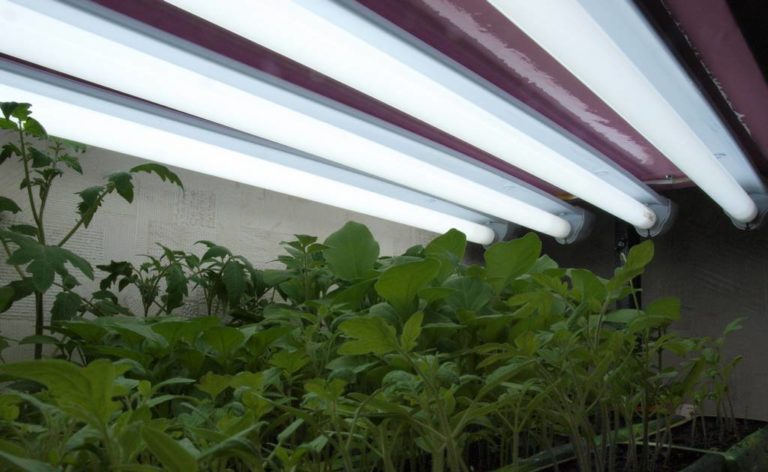Heating the hen house in winter with an infrared lamp
Red lamp for the hen house is a simple and effective solution that will protect the birds from hypothermia in winter. It creates comfortable conditions for laying hens in the poultry house, they continue to lay even in cold weather, which cannot be achieved without the use of additional heating. But to do everything correctly and to exclude problems, it is necessary to understand the subject.
Why use a red lamp
Many poultry farmers believe that there is no need to heat the coop in winter, because the birds are already going through this period. But if you use additional heating, the effect will be so:
- The chickens will not stop laying even during the coldest periods. And many farmers say that laying hens give even more eggs in winter under infrared light than in summer. This is due to the fact that a favorable microclimate is created inside the room, a decrease in the number of eggs is observed only during molting periods.
- Normal temperature is maintained inside, the birds do not freeze. If chickens are exposed to prolonged hypothermia, they are much more likely to become ill. At best, their bodies become weakened and it takes more than a month after the onset of heat to restore normal vital processes, and egg laying suffers from this as well.
- Infrared radiation has a positive effect on the health of birds and poses no danger to them. Moreover, constant use kills many pathogens and pests. A favorable microclimate for bird life is created.
- Chickens survive the winter much better. They do not suffer from hypothermia, the food has a comfortable temperature, and the water for drinking never freezes.
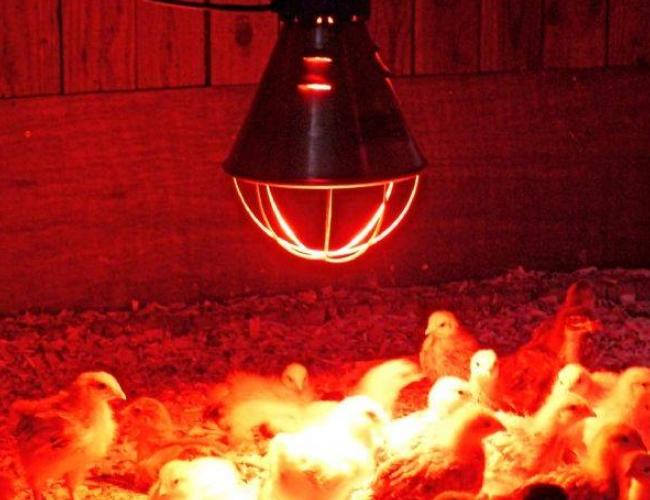
By the way! In order for the lamp for chickens to have an effect, the coop must be prepared before winter. To do this, the walls and floor in the room are insulated. And also use a thick layer of bedding, it will not only protect from the cold, but also accumulate heat.
Pros and cons of infrared lamp heating
Like any other type of heating, infrared lamps have advantages and disadvantages. They need to be studied when choosing to understand the features and make a smart decision.
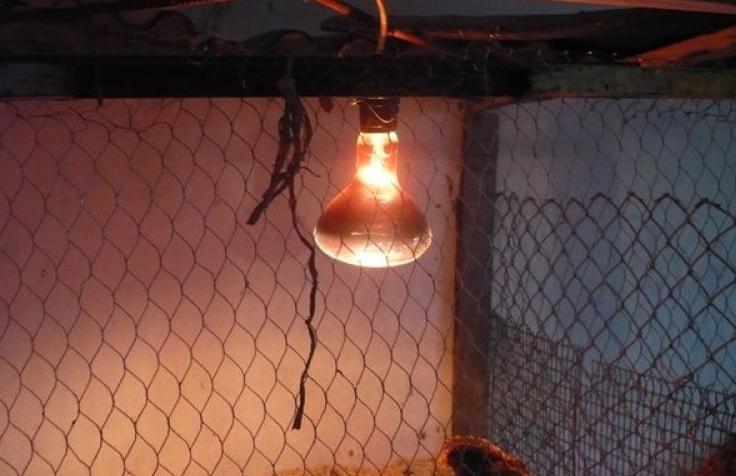
Advantages
The pros of the lamp for the coop are much more than the cons. Therefore, they are used so often in different regions, including those where winter frosts reach -40 degrees. The main advantages are as follows:
- This is the most environmentally friendly way to heat the poultry house. The lamps do not burn oxygen in the room, do not emit harmful substances, which makes it possible to create an ideal microclimate for layers. In fact, infrared heating provides the conditions in which the hens feel best, so even winter is not an obstacle to harvesting the same number of eggs every day as in summer.
- The system works in different conditions with the same efficiency. It is not necessary to provide optimum humidity. Even if the air in the coop is too humid, the lamp can be turned on without restriction. Over time, it will provide a decrease in humidity by warming the air and its optimal content, which is also important.
- Infrared radiation has a positive effect on the immunity of the bird, increasing resistance to disease. In addition, the chickens are normalized metabolism, improves the function of the gastrointestinal tract. The heat from the lamp is closest to the natural sunlight, so it is good for layers.
- The coefficient of efficiency is one of the highest. The lamp does not heat the air by radiating heat, but heats all the surfaces under it, the efficiency is much higher. It is the space next to it that is heated, the heat by physical laws rises up and warms the hens on the roost. This option is the best for poultry houses.
- Infrared lamps Radiate both short, medium and long wavelengths. Therefore, they heat surfaces that are at different distances from the source of radiation. This ensures high efficiency in rooms of different size and construction.
- Install this type of heating is much easier than any other. You need to connect the wiring and fix the lamps in suitable places. If you arrange water heating, you will have to lay pipes, the furnace is also much harder and more expensive. Costs are low, which is also important, and the system can be assembled in a day.
- The equipment does not create convection currents, so dust does not circulate through the hen house and the microclimate is not disturbed. It also does not burn, so there are no extraneous odors, and the air is not overly dry.
- The lamps and heaters are quiet, which is also important because birds may not react well to constant humming.
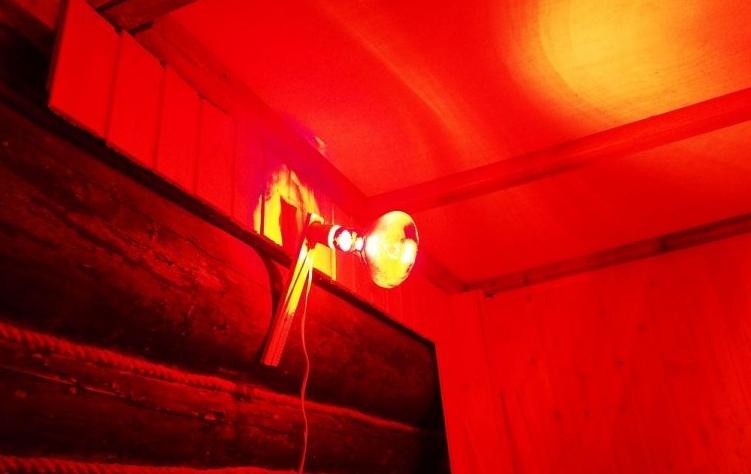
By the way! If necessary, the lamps can be removed in an hour. Also important is the fact that they can be turned off at any time, it is not an oven, which will cool down for a long time.
Disadvantages
There are disadvantages to this solution, which should be considered when choosing a method of heating for the poultry house. They are not as many as the pros:
- The high price of the lamps. They do not have a very long life, so you need to change them periodically. But if you compare with the price of water or stove heating, the money saved will be enough for dozens of years.
- The surface heats up to a high temperature. Therefore, the heat source must be installed so that no human or bird can come in contact with the heater. You can do otherwise and put a protective frame of wire to prevent accidental contact and protect the coop from fire.
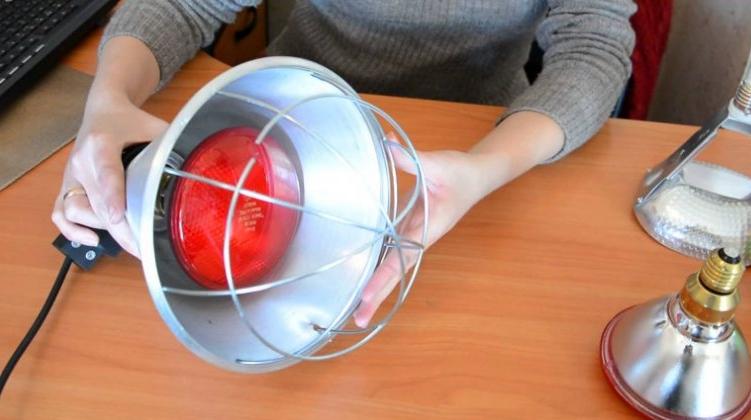
When buying choose lamps and heaters from reputable manufacturers with documents and warranty. There are many low-quality versions on sale, they heat the room poorly and do not last long.
Comparison of two heating devices - infrared lamp and ceramic heater.
Types of infrared heating for the poultry house
There are three main varieties that can be used in the chicken house. Each has its own features, so it's worth considering all options before making a decision.
Lamp
The heater lamp for poultry is used most often because of its simplicity and affordability. This option is also called an infrared mirror bulb because of the design features. The main features:
- It is possible to choose a suitable lamp for the room of any area, since the power comes in different sizes. Proceed from the manufacturer's recommendations, usually for a poultry house with an area of 12 m.sq.m. you need a variant for 250 watts.
- Infrared lamp for heating the hen house has an efficiency of 98%. This means that almost all electricity is used profitably and its losses are minimal.
- The element not only heats but also illuminates the room. It provides a dim light which makes the birds feel good.
- You can place the lamp in any convenient place, it is not very large, so there are no difficulties with installation.
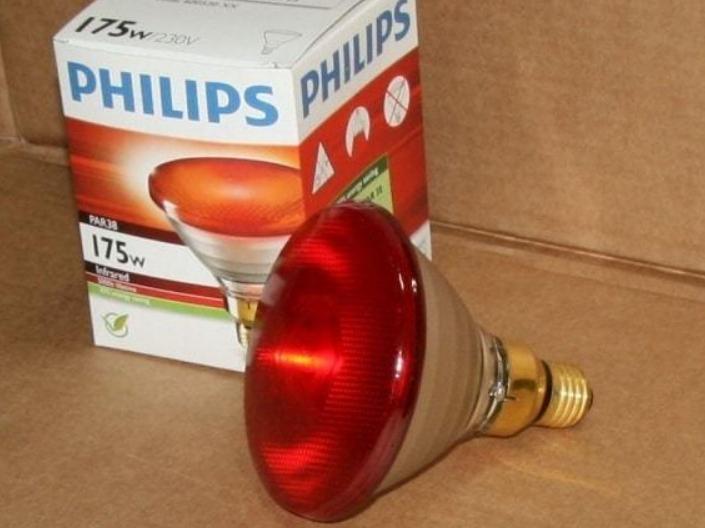
By the way! If necessary, you can put an additional lamp, remove the excess or reduce the intensity of heating, replacing it with a version of lower power.
Shortwave heater
This solution heats surfaces well at a short distance from the heater. Therefore, it is suitable for small rooms with low ceilings. The features are as follows:
- The heating coil is in a glass tube, which heats up to 600 degrees when in operation, which is not safe. Therefore, the front is always covered with a metal frame.
- Attachment must be strictly according to the manufacturer's instructions, keeping minimum distances and ensuring proper positioning.
- Shortwave radiation is adverse to humans. Birds tolerate it better, but you should also use other options if possible.
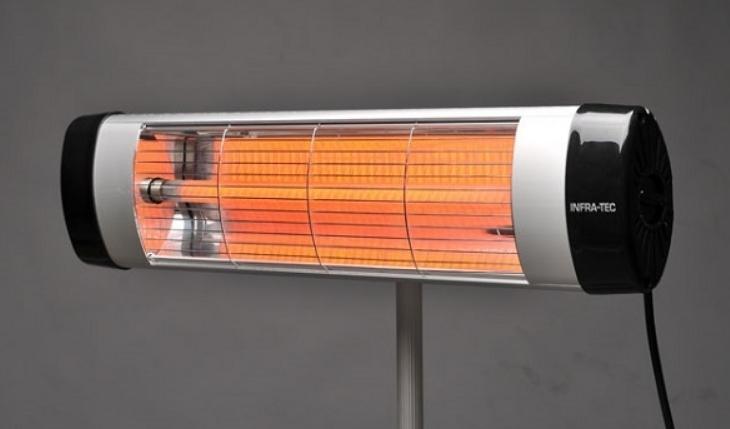
When selecting such models, you should consider what kind of wave spectrum they emit. Choose for the poultry house, taking into account the place of installation.
Mid-wave and long-wave heaters
Considered one of the best solutions for both chicken coops and housing. They emit waves that are safe for humans and birds and create a healthy microclimate in which pathogens are killed. The features are as follows:
- Most often, the heating surface is made in the form of a flat panel. It radiates heat evenly and distributes it to a specific area. The higher the ceiling, the larger the heated area.
- Many models have a minimum distance from the heater to the floor. It should be observed to avoid overheating.
- Since the heaters are placed at a great height, and the surface is heated to 230 degrees, it is not necessary to install a frame. It is used only if there is a risk of accidental contact with the panel.
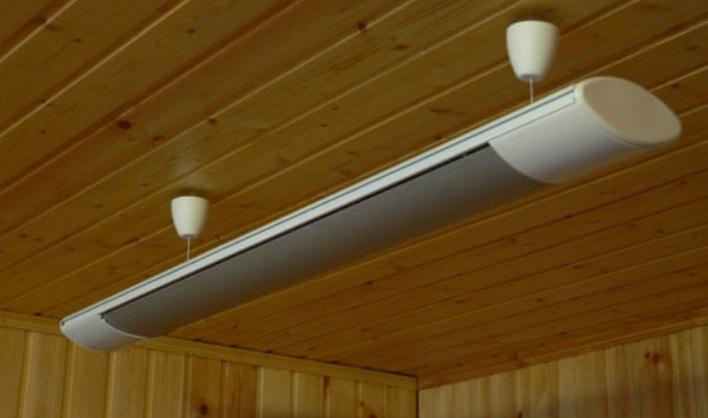
Select models according to the area and size of the room. If it is narrow and long, it is easier to put two small heaters instead of one powerful one.
How to install it correctly
Heating bulb for the hen house is installed differently than heaters, so it is necessary to disassemble these solutions separately. The process is not complicated, you can figure it out in a few minutes.
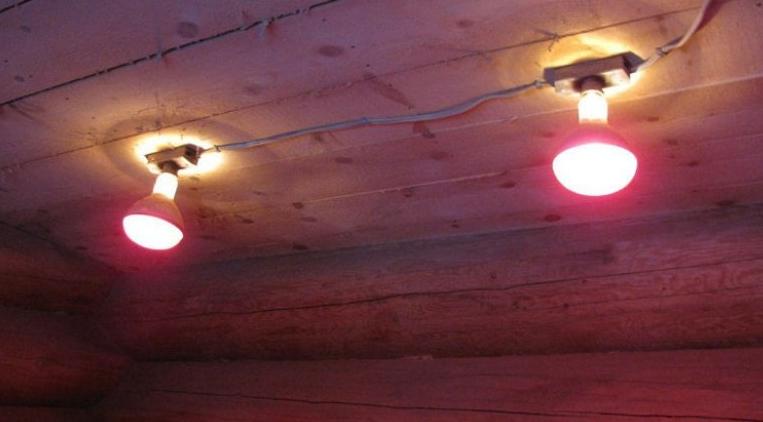
Preparing
This part of the work is the same no matter what type of infrared heater will be used. It consists of the following steps:
- Choose the type according to the area of the coop and its features. Buy a suitable model, study the installation recommendations in advance to make sure you can position it correctly in the room. It is best to put lamps and heaters on the ceilingThat's how they work most efficiently.
- Purchase all the necessary accessories. If you do not have a thermostat built in, it is better to buy one separately and install it. Then the lamp or heater will not overheat the room, because when you reach the desired temperature, the regulator will turn them off. This will ensure operation in energy-saving mode and reduce electricity consumption by at least half.
- Install a separate circuit breaker in the switchboard for heating the hen house. This will ensure that the network will shut off in case of short circuits and overloads, and allow you to turn off the power in only one room without blacking out the house.
- Route the cable into the coop. Choose the method depending on the conditions, you can use the air version, or you can dig a trench and lay the wiring in HDPE pipe, bringing it already in the room.
- Lay the cable through the hen house in a special corrugation made of non-flammable material. Bring it to the future location, leave a small reserve of wiring for connection.
- It is better to use a switch in the system so that you do not have to go to another room to turn it on.
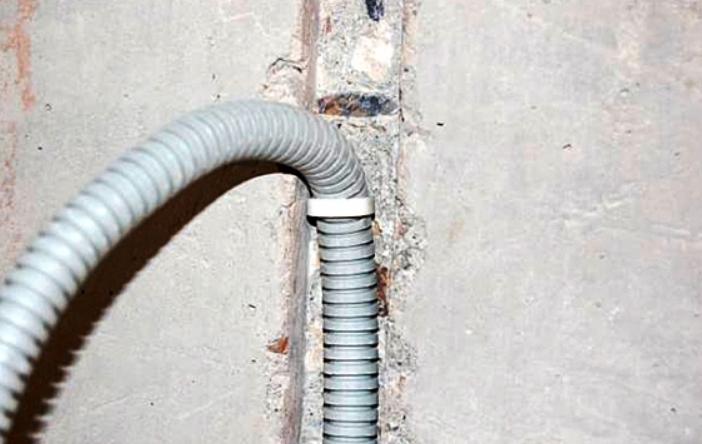
Cross-section of the cable is selected depending on the power of the equipment used.
Mounting the lamps
Before starting work, choose the location of one or more bulbs and think through the mounting system. Perform the work as follows:
- Fix in the ceiling hook or eyelet, on which the plafond will be held. Choose a version of the right size, in the ceiling overlap drill a hole with a diameter slightly smaller than the threaded part in the fastener.
- Connect the wiring. It is best to use pads, it is undesirable to do twisting. After connecting all the elements, check the operation of the system. Turn it on for a short time to make sure that everything is normal.
- If you have a thermostat, check its operation, set the minimum temperature to make sure that when heated to the set limit, the lamp turns off.
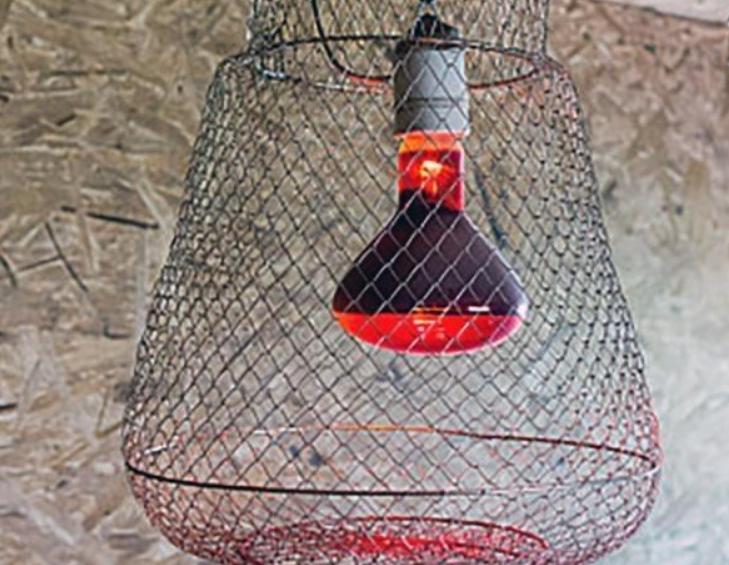
If you still have to connect the wires by twisting, then the joints should be additionally soldered and covered with heat shrink tubing. Then the contacts will not oxidize in case of moisture fluctuations.
Installation of heaters
In this case, it is necessary first of all to study the installation instructions to determine what the minimum distance from the heating part to the surface should be. After selecting the place of installation, follow the advice:
- Study the peculiarities of mounting. Most often you need to mount through the holes in the brackets or plastic, self-tapping screws are included. You just need to align the equipment and fix it to the ceiling. It is better to do the work by two people, so that one person holds the heater.
- Connect the wiring, observing the polarity by following the instructions in the diagram, which is always in the manual. Ensure good contact.
- Test the system. It is best to let it run at maximum temperature and make sure that the surfaces do not overheat.
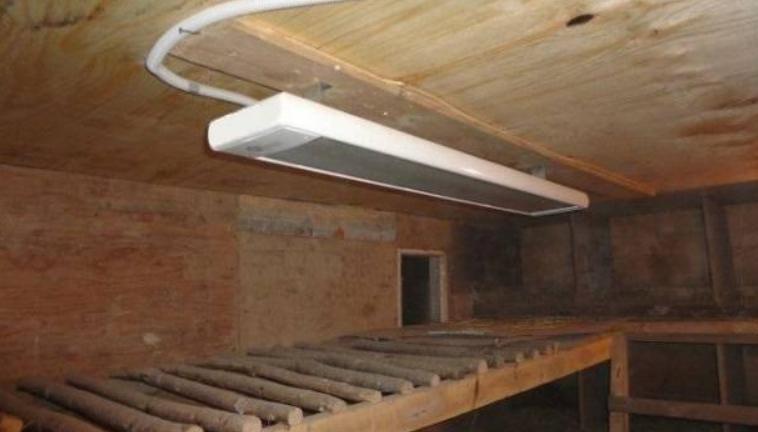
By the way! You can put a modern control system to check the indicators or regulate the heater remotely through a smartphone.
Safety precautions
Like any electrical equipment, infrared lamps and heaters should be operated with the observance of simple requirements:
- Route the cable indoors only using noncombustible corrugation. This is especially important on wooden surfaces.
- Protect all contacts and connections from moisture and cover them. Sealed pads are a good idea. Or the twist can be placed in shrink tubing and a piece of corrugated tubing cut in the middle can be placed on top.
- Do not place the heater or lamp closer than 50 cm from the surface. This is dangerous for both overheating and burns the bird.
- If there is a risk of someone touching the heater or lamp, be sure to protect the structure with a safety frame. You can make it yourself from steel wire with diameter of 4 mm or more.
- To install the lamps, use a ceramic socket, not plastic, as it better tolerates high temperatures.
- If the body of the lamp or heater gets very hot, the ceiling surface above it can be covered with a piece of tin or aluminum foil.
- The system should always have a residual current device or circuit breaker that will turn off the heating in the event of a short circuit or overload.
Video instruction to reinforce the information: Heating the hen house in winter.
Infrared heating in the poultry house is easy to do, it takes a minimum of materials and a few hours of work. Thanks to this, the hen house is always maintained a comfortable temperature and the chickens are laying all year round, which makes it possible to compensate for the cost of heating.
